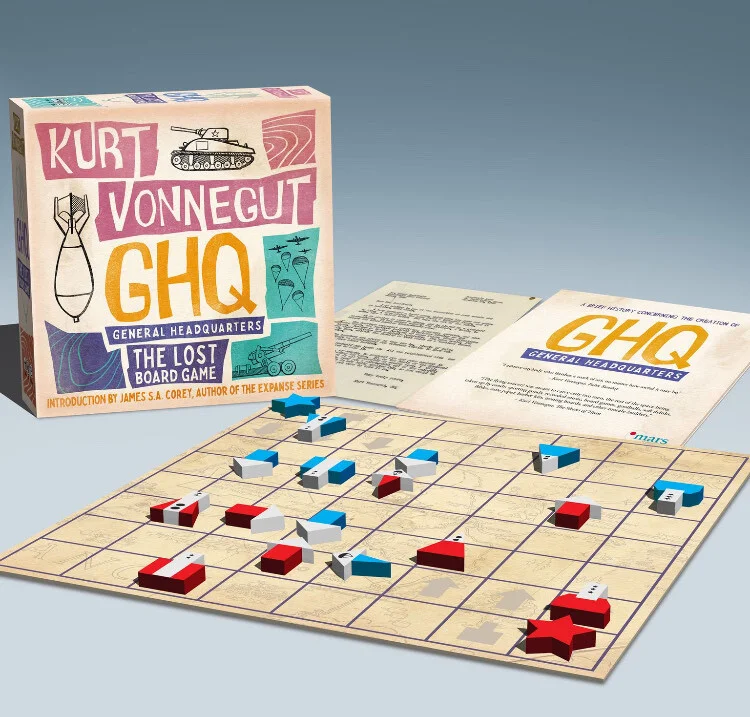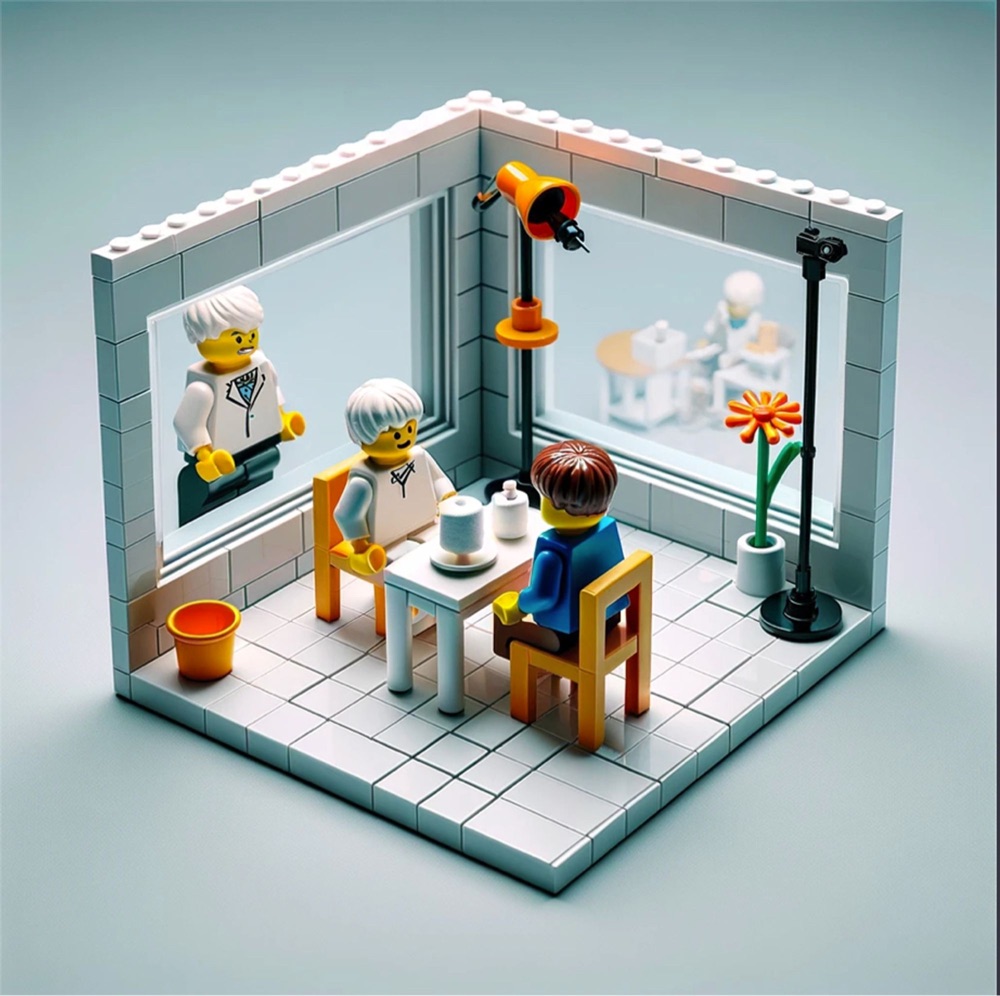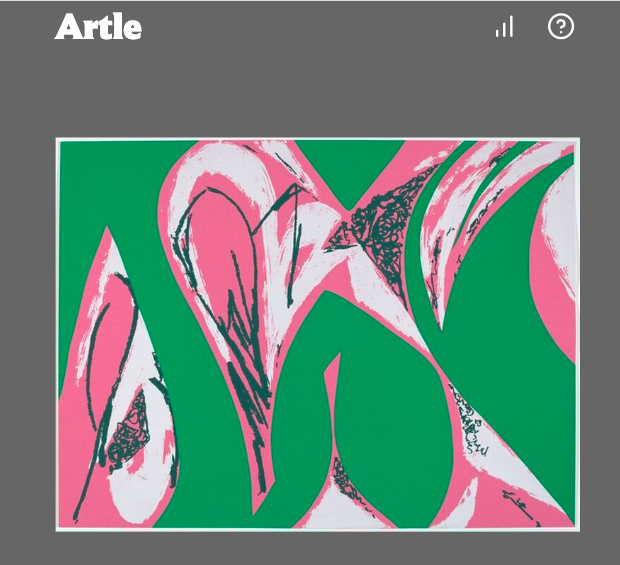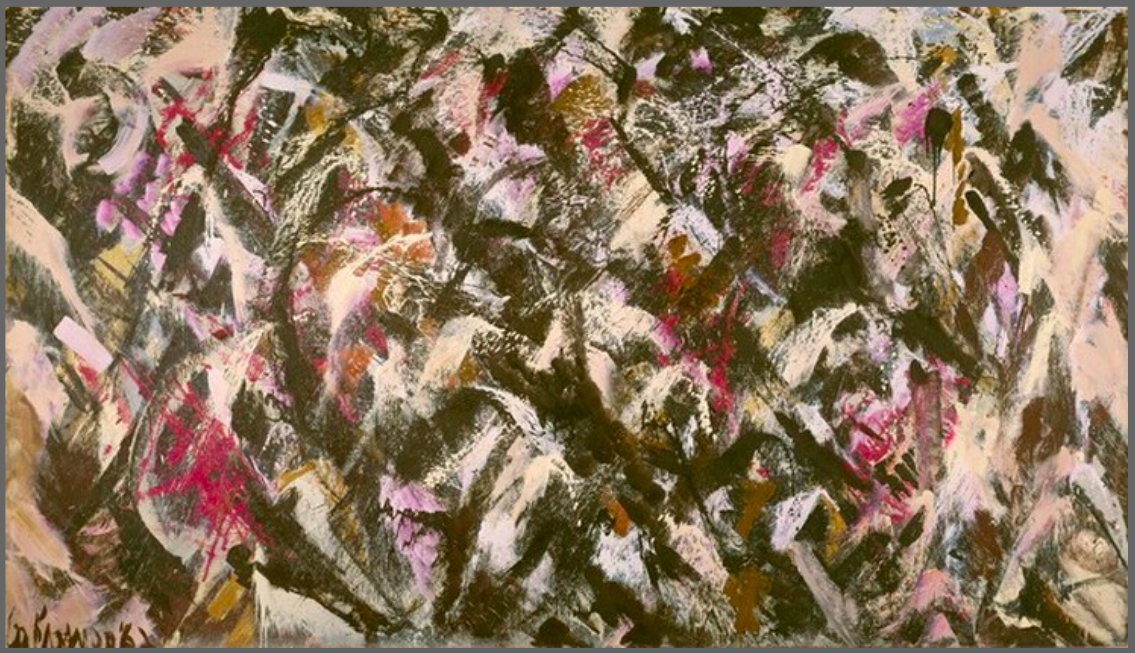Vacationing in New York City last summer, Anna Cramling, an International Chess Federation master swung by Washington Square Park, to see about scoring a pickup game with one of the regulars.
Her opponent, Jonny O’Leary, a native New Yorker who learned the rules of the game from other Washington Square habitués while working maintenance jobs in the surrounding buildings in the mid-80s, is a garrulous sort, sharing his philosophy of life as the game proceeds.
Luckily he believes that the human interaction and the opportunity to learn make even losing games a winning proposition because Cramling whoops him pretty handily.
Flash forward a couple of seasons.
Cramling, bundled up in a parka and warm stocking cap, heads back to Washington Square with her mom in tow.
O’Leary is more than willing to introduce the elder Ms. Cramling, now 60, to the Game of Kings. He loves teaching beginners, even if they have no money to put down. He is so eager to show her the ropes that he dictates four of her first five moves.
His extroversion may be his downfall here.
In our experience, folks who call middle-aged women they’ve just met “Mom” tend to underestimate and talk over them.
Surprise! Pia Cramling is a Grandmaster of Chess, who once held the title of best female player in the world.
“Mom” humbly follows directions, moving her knights and bishop as instructed and presumably clamping down on her tongue as O’Leary schools her beginning strategy and the names of the pieces.
To his credit, he seems absolutely thrilled when the Cramlings’ ruse is revealed, eagerly calling for another game even as he volunteers that he’s nowhere near as good of a player.
(“Get the old man,” his buddy Doc gleefully interjects.)
Their shared love of chess burns bright.
The Cramlings compliment O’Leary on his generosity as a teacher, no doubt mindful that his immersion in the game looks different from theirs. (Anna’s father is Grandmaster Juan Manuel Bellón Lopez and she has been accompanying her mother to tournaments since she was a baby.)
O’Leary may appear to draw a bit of a blank when Pia Cramling mentions World Chess Champion Anatoly Karpov, but he’s rubbed shoulders with grandmasters Maxim Dlugy and John Fedorowicz at the Washington Square Park chess simul, and he was very interested in her Elo rating, the U.S. Chess Federation’s system for assessing players’ skills.
“She has a brain that’s not from here!” he cries admiringly to anyone within earshot.
After witnessing some other players’ overly cocky, unsporting, and rude behavior in Anna’s other filmed street matches, we definitely agree that Jonny O’Leary is the “Grandmaster at the social aspect.”
Watch more of Anna Cramling’s chess related videos, including her mom’s encounters with other Washington Square Park regulars here.
Related Content
A Free 700-Page Chess Manual Explains 1,000 Chess Tactics in Straightforward English
Man Ray Creates a “Surrealist Chessboard,” Featuring Portraits of Surrealist Icons: Dalí, Breton, Picasso, Magritte, Miró & Others (1934)
Marcel Duchamp, Chess Enthusiast, Created an Art Deco Chess Set That’s Now Available via 3D Printer
– Ayun Halliday is the Chief Primatologist of the East Village Inky zine and author, most recently, of Creative, Not Famous: The Small Potato Manifesto and Creative, Not Famous Activity Book. Follow her @AyunHalliday.

















